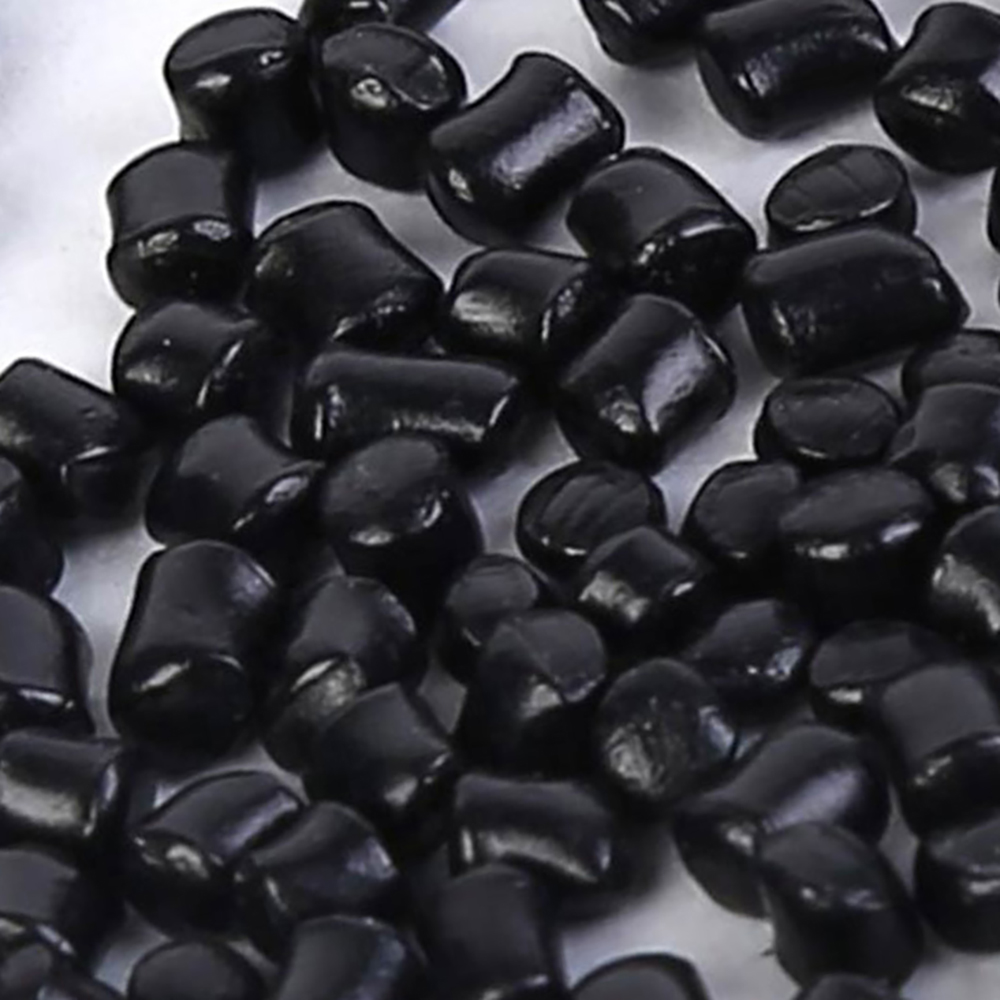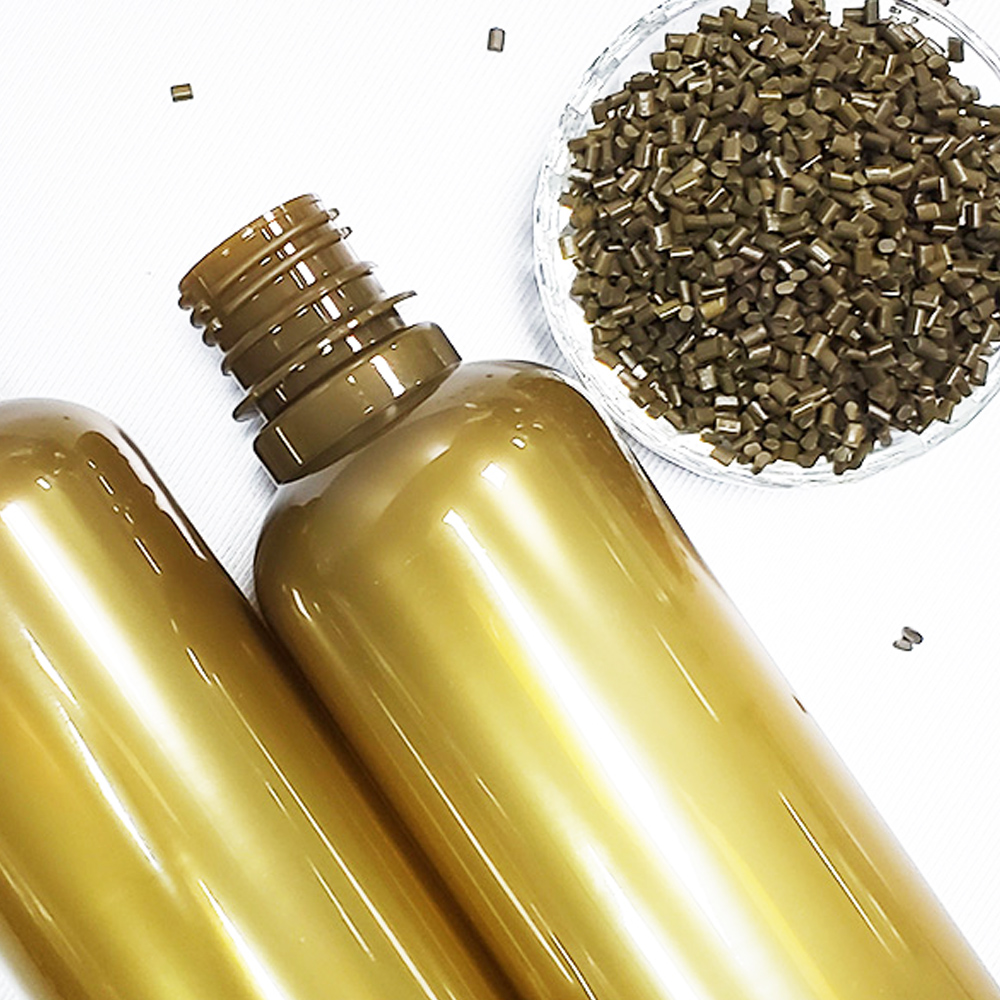
Top 8 Advantages of Using Polymer Masterbatches
Masterbatches are vital in polymer processing, enabling the integration of color pigments, additives, or antimicrobial agents into polymer resins. A masterbatch is a concentrated mixture of an additive encapsulated in a carrier material like polyethylene (PE) or polypropylene (PP). While pellet or chip forms are most common, liquid masterbatches are also available for specific uses and materials.



